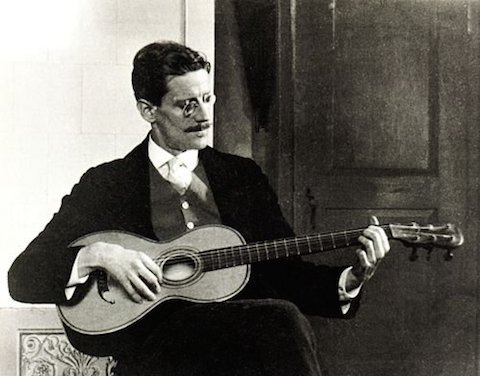If you dream of becoming the next Disney Channel star, you’d do well to heed the advice of casting director Judy Taylor, who uses “read” and “talent” according to their industry definitions, and seems unlikely to cut anyone slack for youth or inexperience.
If, however, you’ve got the soul of a poet, a painter, a musical adventurer, all three, or none of the above, I suggest falling to your knees and thanking Denmark’s Louisiana Museum of Modern Art for providing you with an alternative. The weekly videos on art, literature, design and architecture for its Louisiana Channel are a goldmine of inspiration for non-mainstream types both young and old, but certain segments speak explicitly to those just embarking on the journey.
As any number of us geezers can attest, Patti Smith and David Byrne speak with authority. It’s okay if you’ve never heard of them. If you were three or four decades further along, you would have.
(As to Marina Abramović, go easy on your parents if they need to spend a moment or two dialing her up on Wikipedia. I’ll bet Patti or David wouldn’t peer down their noses at someone for not recognizing one of the world’s greatest living performance artists. Excuse the dangling preposition, but she’s definitely someone worth finding out about.)
I realize I don’t speak for most of America, but for me, these guys loom larger than Jay‑Z and Beyonce combined. I also realize that in terms of both wealth and name recognition, there’s a stable full of teen celebrities who leave them in the dust.
Interesting how all three resist the notion of talent as something to be commodified.
Abramović, above, speaks of artistic exploration in literal terms. In her view difficult work should be pursued with the bravery of 17th-century sailors who sallied forth, believing that the world was flat. I suspect she’s a tougher cookie than casting director Taylor. Witness her differentiation between garden variety artists and great artists, the month long rubbish basket task she assigned her students, and the rigorousness of her own practice.
Her fellow trailblazer Smith has a more maternal touch. The path she promotes is similarly twisty, low-paying, and hard, but counterbalanced with “the most beautiful experiences.”
Byrne tackles some of the more practical aspects of committing to the artistic way. To wit, there’s no shame in day jobs, even if it’s been eons since he was in a position to need one. He also makes some very valid points about technology, below, with nary a peep as to the impossibility of concentrating on one’s studies when one is checking Twitter every two seconds. We all stand to benefit.
- Ayun Halliday is the author of seven books, including No Touch Monkey! And Other Travel Lessons Learned Too Late. Follow her @AyunHalliday
Related Content:
In Touching Video, Artist Marina Abramović & Former Lover Ulay Reunite After 22 Years Apart
Patti Smith Shares William S. Burroughs’ Advice for Writers and Artists


